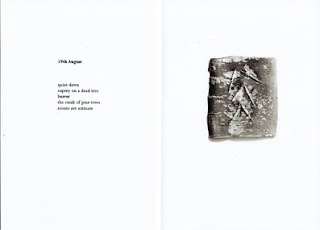This short text is all we know about Studius, but Roger Ling published an interesting article back in 1977, in the Journal of Roman Studies, that tried to infer more about the kind of paintings he could have been responsible for ('Studius and the Beginnings of Roman Landscape Painting'). Ling begins by discounting some landscape-related genres that don't seem to correspond to Pliny's description: (1) mythological landscape as in the famous 'Odyssey landscapes' of the Esquiline; (2) the beautiful, naturalistic garden painting in the Villa of Livia at Prima Porta; (3) architectural illustration, as in the bedroom of the villa at Boscoreale; or (4) details of rustic shrines like those in the Palatine's Room of the Masks. He then argues against the view that Studius focused on 'villa landscapes', in contrast to the more pastoral scenes which seem to be described in the brief reference Vitruvius makes to landscape painting: 'in corridors because of the length of the surface they created decorations with varieties of landscape, drawing images from specific characteristics of places; for they paint harbours, promontories, shores, rivers, springs, canals, shrines, groves, mountains, cattle, shepherds.' By looking at the available physical evidence, Ling concludes that Studius must have painted landscapes that could fit both the descriptions of Vitruvius and Pliny, and that the latter discussed him specifically because he had brought 'to perfection' peopled architectural landscape wall-painting in the Augustan period.
Painted landscape from the Red Room, Villa of Agrippa Postumus, Boscotrecase
Source: Wikimedia Commons
Ling discusses three sites which could contain the kind of landscape painting Studius was renowned for, and even suggests that they could be the work of Studius himself or his workshop. These are
- The Yellow Frieze in the House of Livia, Rome, which has architecture and figures corresponding to the kind of scene described by Pliny
- Certain panels and vault decorations in the Farnesina house, in which Ling detects 'Studian echoes', e.g. 'whimsical figures like the woman leaning disconsolately against a wall'
- Landscape panels in the Boscotrecase villa's Red Room, with another humorous detail: a shepherd talking to hs dog.















